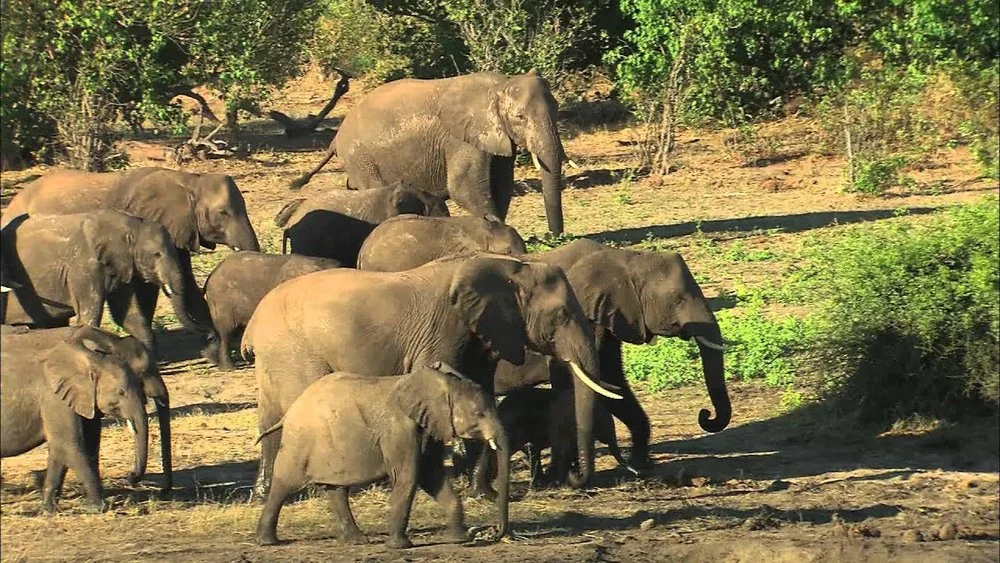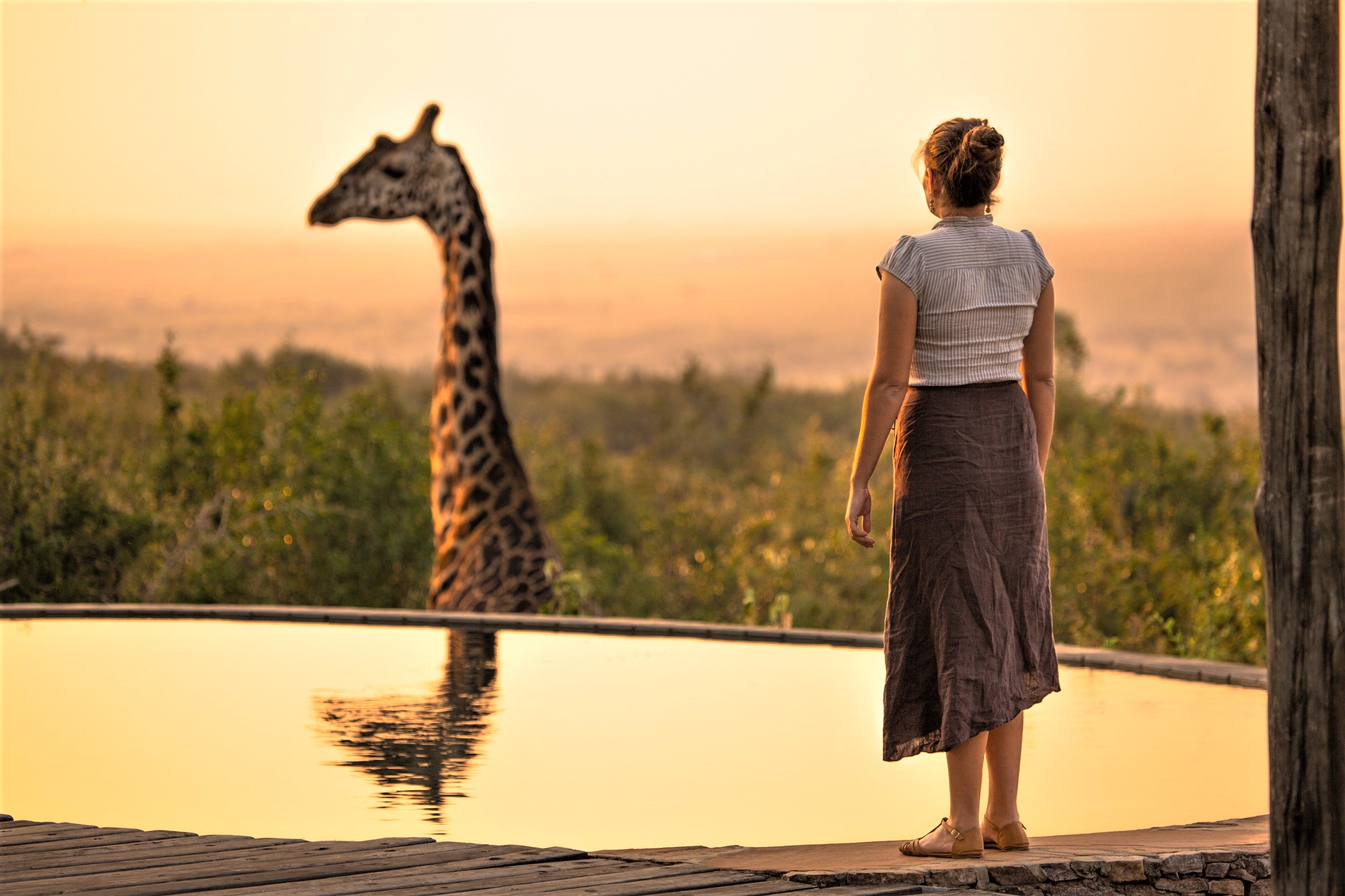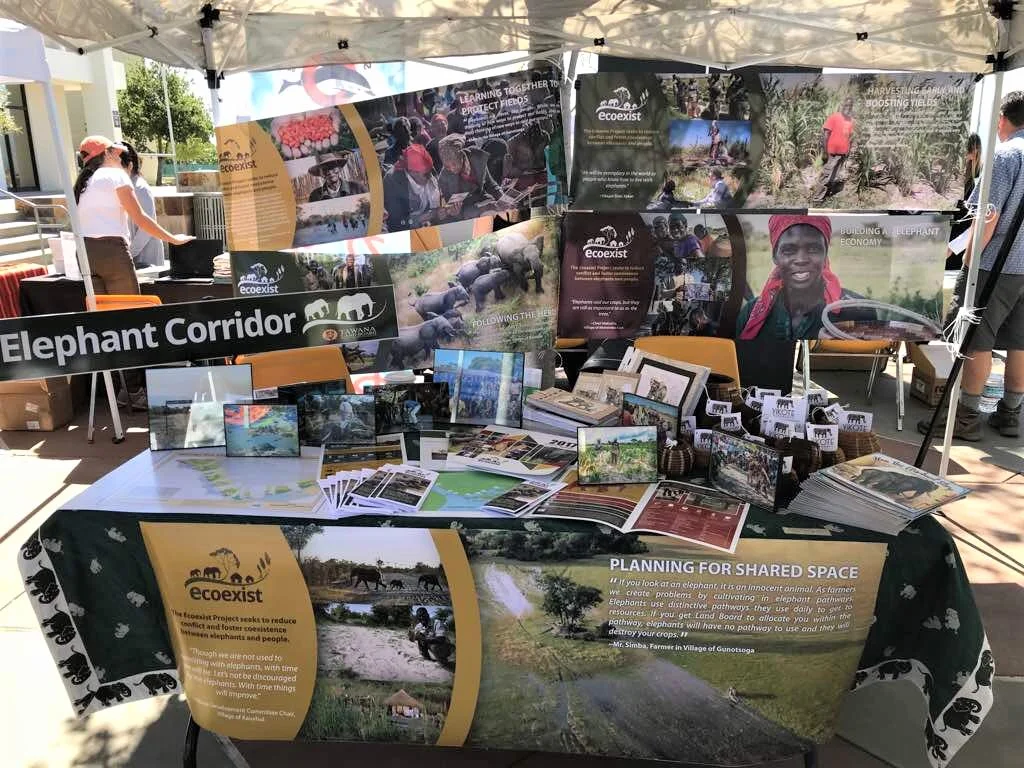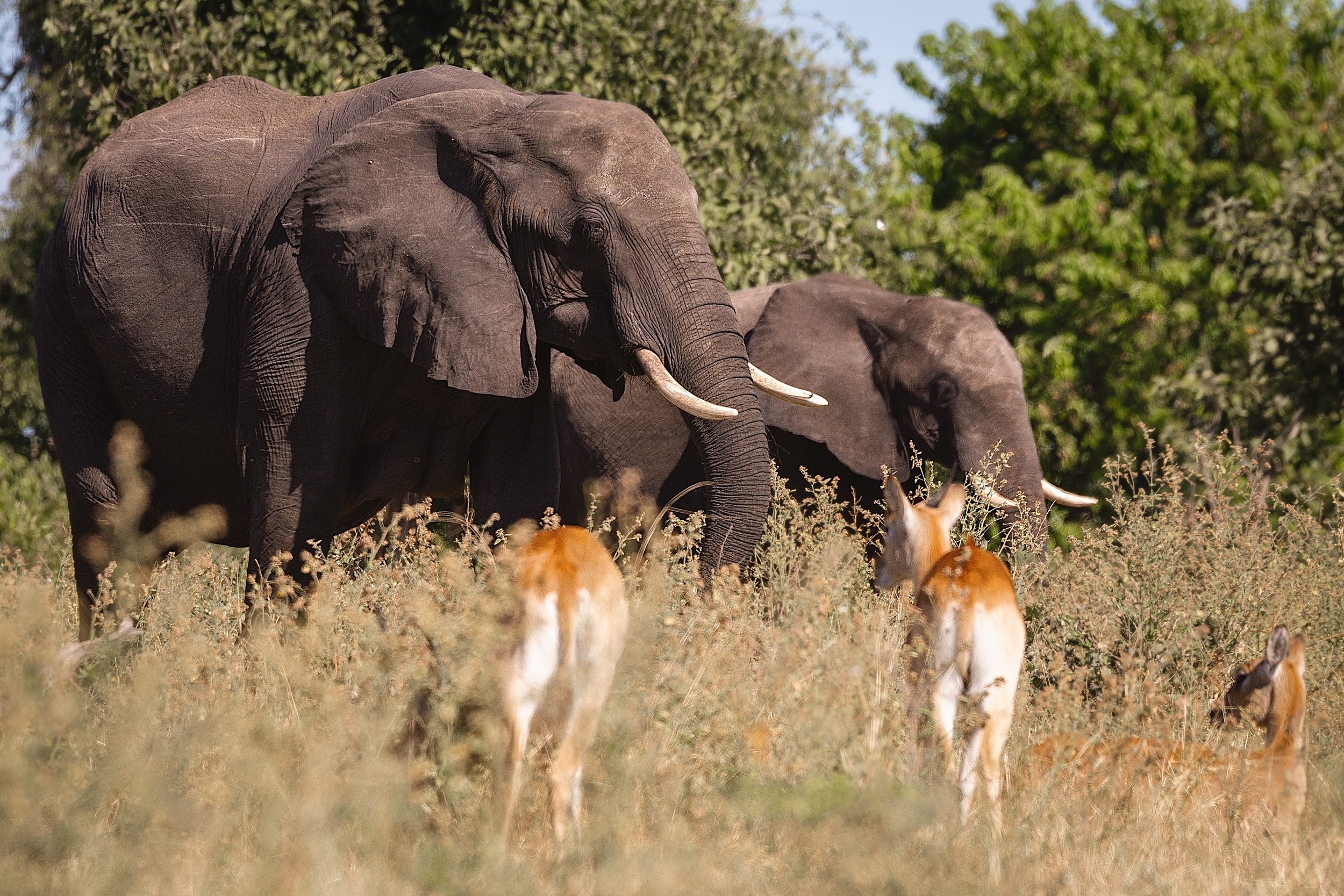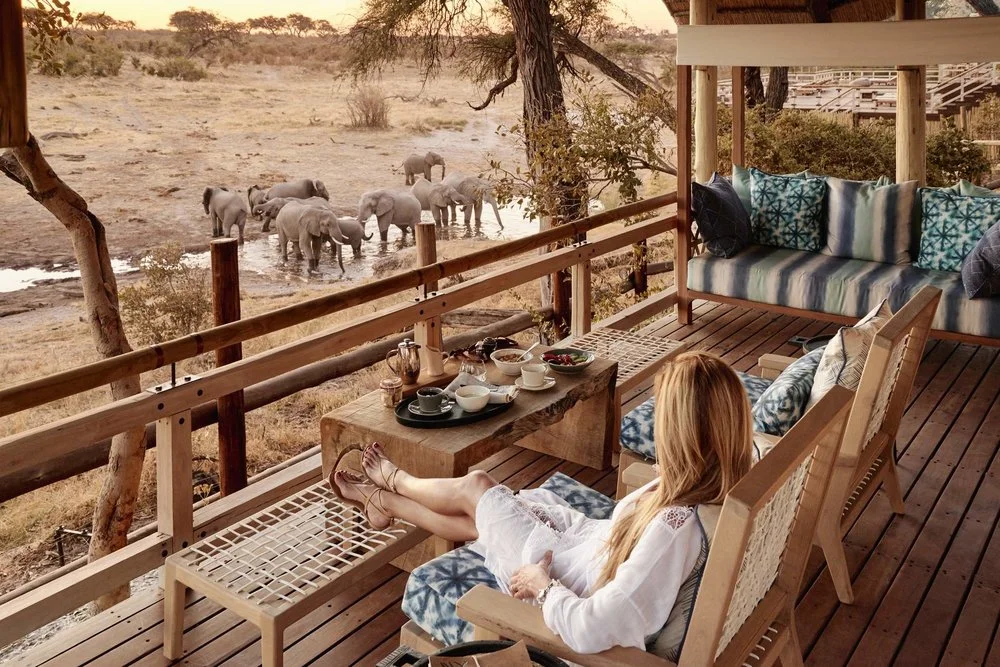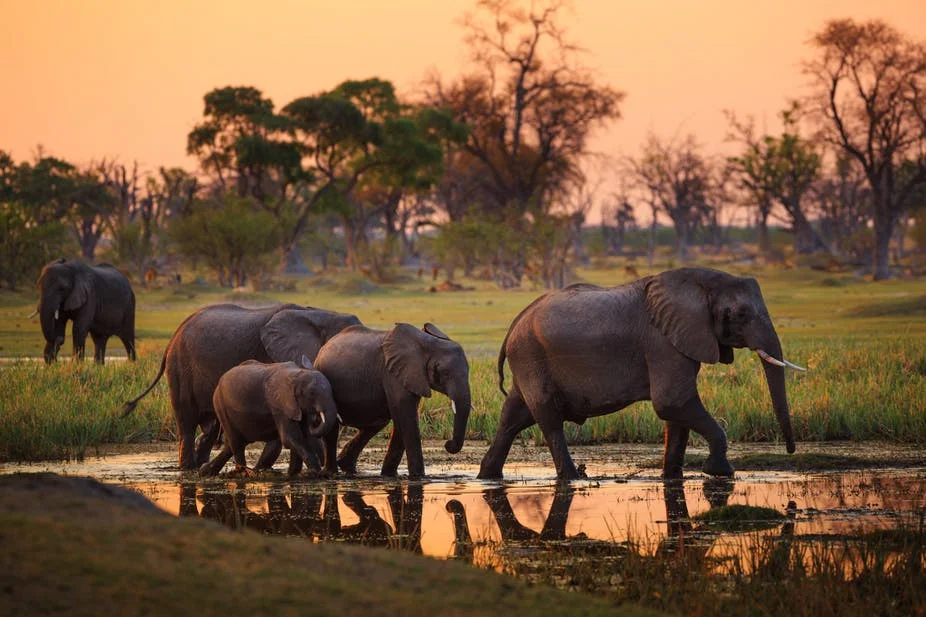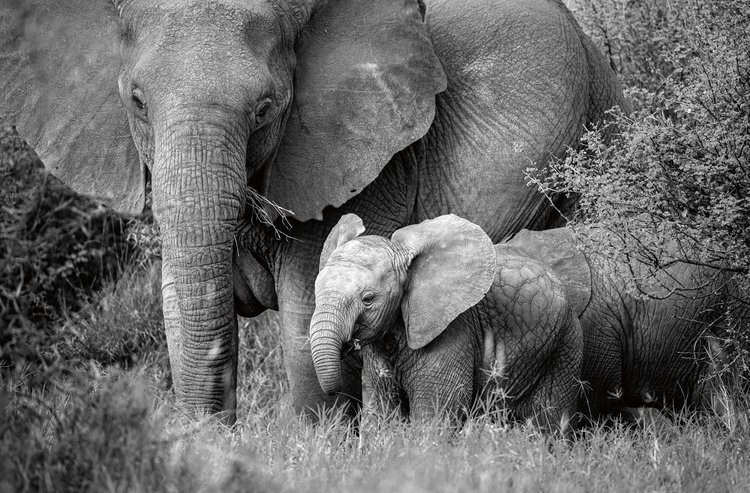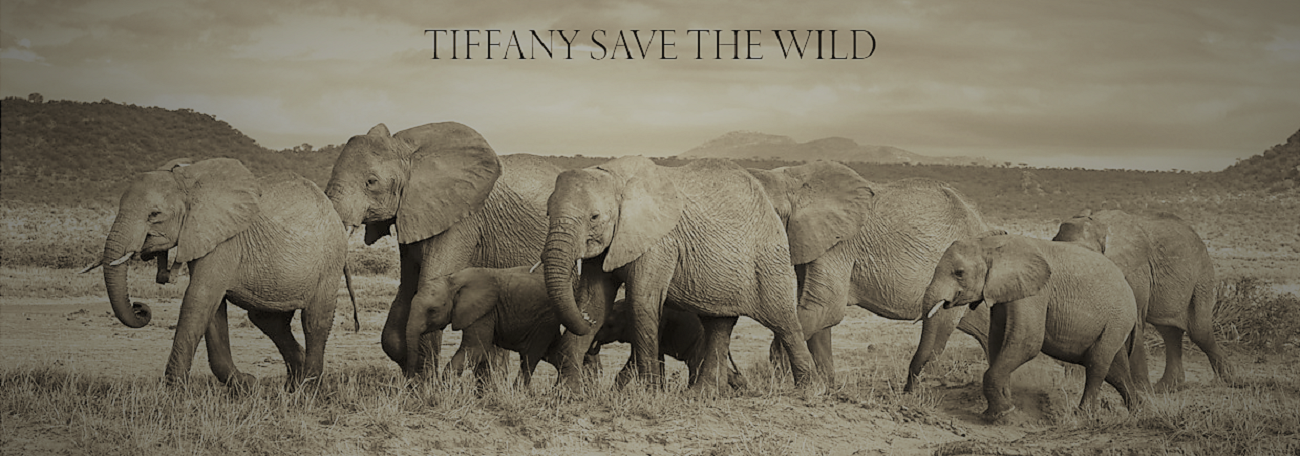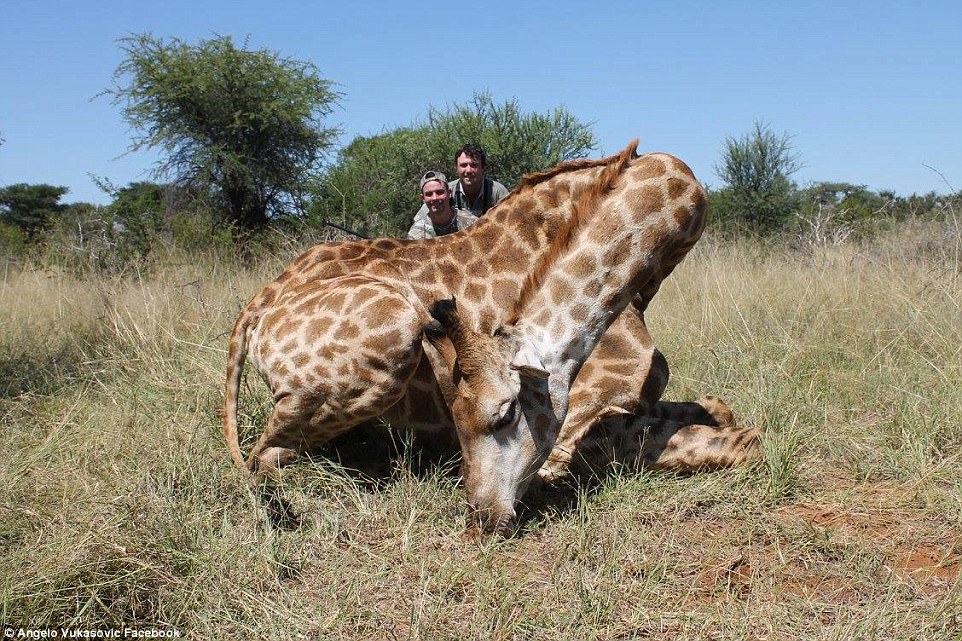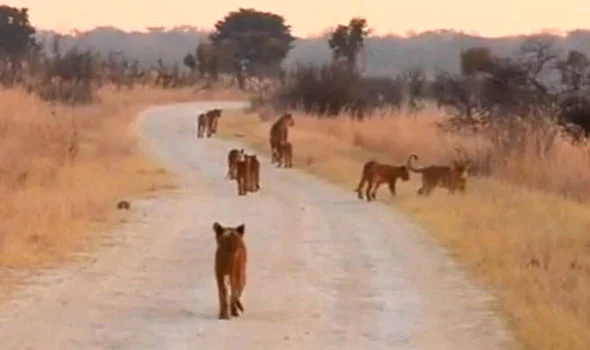One of the Largest Subspecies of Giraffes Is Declared Endangered: the Masai
/One of the Largest Subspecies of Giraffes Is Declared Endangered: the Masai
Conservationists have been sounding the alarm bells on giraffes for several years. In 2016, the IUCN listed giraffes as a whole as vulnerable, the status just above endangered after finding that over three decades giraffes suffered up to a 40 percent population drop, plummeting from an estimated 157,000 individuals to 97,500.
Currently, two of the nine giraffe subspecies—the Kordofan and Nubian—are critically endangered, while the Reticulated is endangered. Now, after a recent assessment, the Masai subspecies has also been listed as endangered. It’s the first time the population has been analyzed on its own, and the status is a big deal since there are an estimated 35,000 individual Masai left, making it one of the largest-remaining subspecies of the gentle giants and, therefore, a key population for keeping the species numbers up.
Previously, the Masai subspecies was the most-populous group of giraffes, with an estimated 71,000 individuals. That drop of 49 to 51 percent of the subspecies in the last 30 years was what prompted the listing, according to the Center for Biological Diversity.





